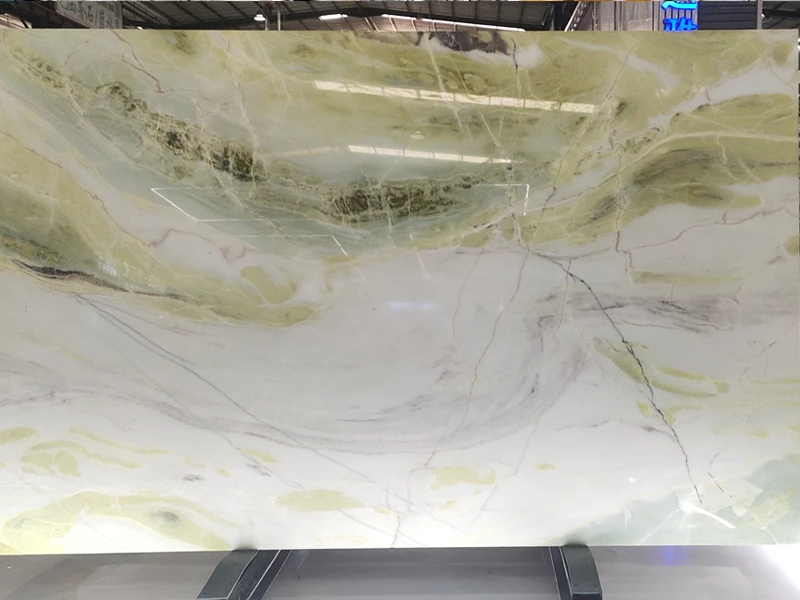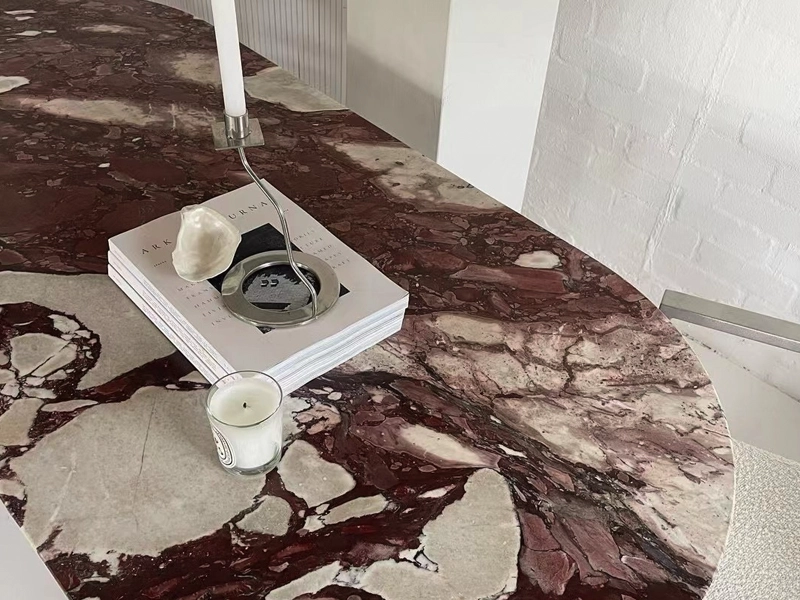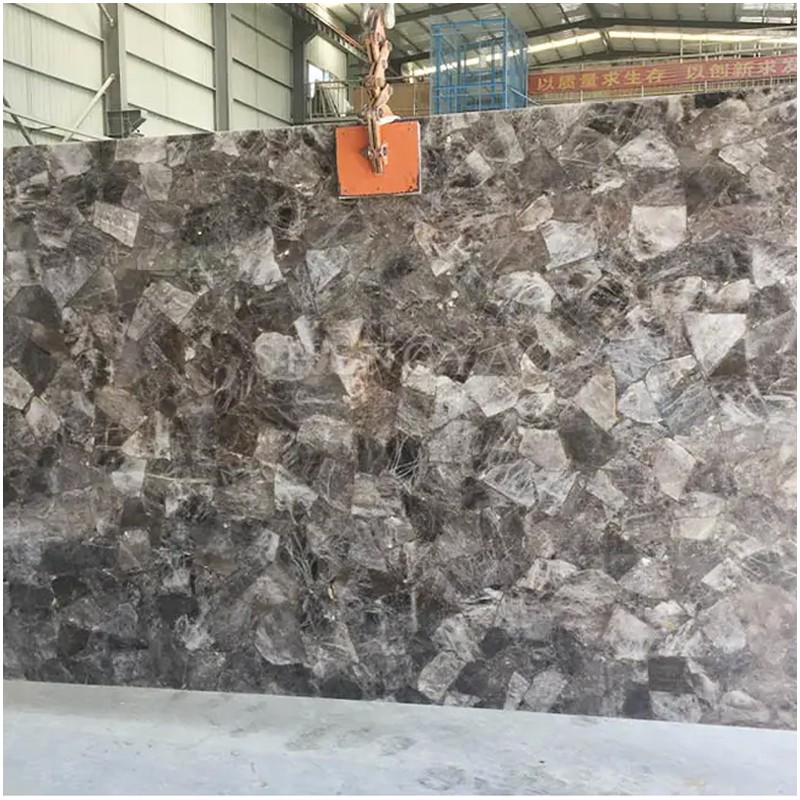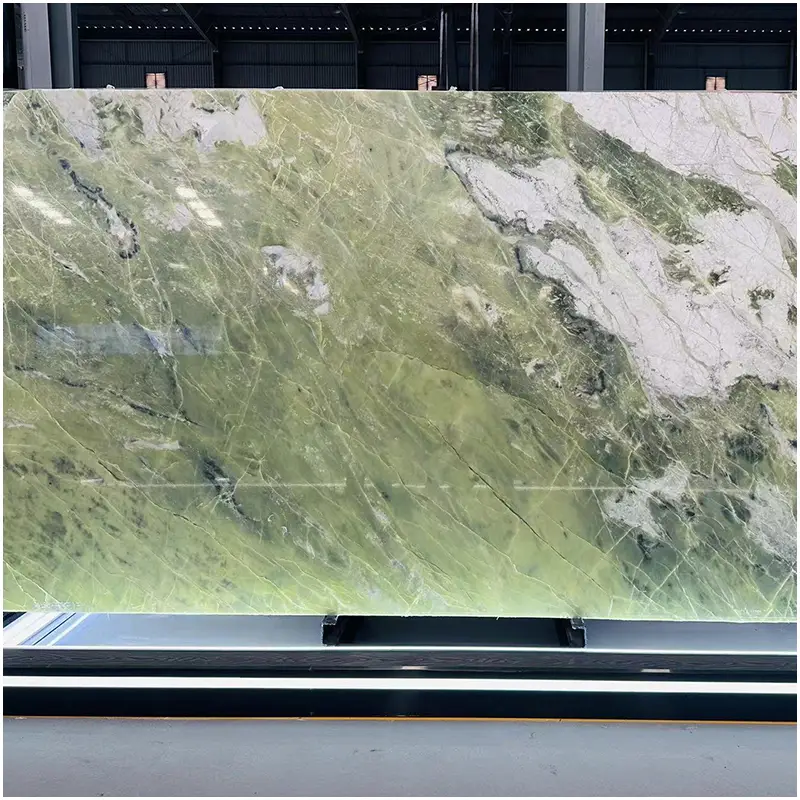In today’s rapidly evolving construction and interior design industries, Marble Colors are no longer simply a matter of aesthetics. They are increasingly influenced by environmental policies, international trade laws, and sustainable design standards. Governments across the world are redefining how materials are chosen, processed, and used in building projects—prompting designers, developers, and suppliers to reconsider how Marble Colors can align with these new frameworks.
As a global supplier of high-quality marble and natural stone, Forustone is committed to helping clients navigate these regulatory landscapes while still achieving beauty, durability, and design excellence. This article explores the current global regulatory trends shaping the use of Marble Colors, key market shifts, and how innovation and compliance can go hand-in-hand.
Policy Shifts and Their Influence on Marble Selection
European Union: Marble Colors in the Age of Carbon Disclosure
In 2025, the European Union’s revised Construction Products Regulation (CPR) introduced the requirement for a Digital Product Passport (DPP) on all construction materials. This includes carbon footprint data across the full lifecycle of the material. As a result, Marble Colors that are lighter—such as beige, ivory, and soft gray—are increasingly preferred, as they typically require less energy in polishing and transport, compared to darker, denser stones.
This policy shift encoura
ges the use of locally sourced materials and low-emission color varieties, creating opportunities for marble providers that can offer full transparency and carbon data on their stone.
United States: Tariff Tensions Drive Color Shifts
In mid-2025, the U.S. enacted steep tariffs (up to 50%) on certain decorative materials, including selected Marble Colors from the EU. These changes have prompted a shift in demand toward regions such as Southeast Asia and South America, where a broader range of Marble Colors can be sourced at more competitive rates.
Suppliers like Forustone, with access to global quarries and robust trade networks, are better positioned to provide diverse color options while maintaining competitive pricing and legal compliance.
China: Greener Standards in Marble Processing
As one of the largest exporters of natural stone, China’s new 2025 Green Mining and Processing Guidelines require significant reductions in emissions, water use, and dust during marble extraction and finishing. This has led to a reevaluation of which Marble Colors can be processed efficiently under stricter environmental constraints.
For instance, high-contrast or rare-veined marble may require more intensive processing, while more uniform colors can meet both design needs and sustainability goals.

Design and Market Trends: The Evolving Role of Color
Government Projects Favor Lighter, Neutral Marble Colors
Public-sector tenders, especially in Europe and the United States, are increasingly favoring materials that meet carbon and lifecycle sustainability criteria. Marble Colors like warm gray, pale cream, and light taupe are becoming the standard in these environments because of their low carbon intensity and visual harmony.
Designers working on municipal buildings, schools, or government offices often pair neutral Marble Colors with minimal accents to maintain an elegant and compliant design.
Sustainable Color Planning in Green Architecture
As green building certifications (e.g., LEED, BREEAM) become more widely adopted, Marble Colors are being evaluated not just for their appearance, but also their embodied carbon, recyclability, and local availability.
Architects are advised to:
-
Prioritize light-toned or regionally sourced Marble Colors.
-
Utilize BIM software to compare material impacts across different colors and finishes.
-
Use lighting strategies (e.g., warm LED temperatures) to enhance depth without resorting to carbon-heavy deep-toned marble.
Innovation in Sourcing and Processing
Traceability and the Rise of Digital Product Passports
DPPs are fast becoming a norm for cross-border material movement. These passports contain digitally readable data on quarry location, transport emissions, and energy consumption during processing. Forustone offers full DPP documentation for over 100 Marble Colors, enabling fast, transparent approvals for both public and private projects.
Smart Cutting and Color Calibration
Advanced CNC machinery and robotic polishing reduce power consumption by up to 20%, especially for marble slabs in uniform colors. At Forustone, we use AI-based color matching technology to analyze natural veining patterns and optimize slab layout—ensuring batch consistency of Marble Colors to ΔE ≤ 0.7 (a near-perfect match), minimizing waste and reducing project delays.

Forustone’s Marble Colors Solutions
Broad Color Library with Global Compliance
Forustone maintains a curated inventory of over 180 natural Marble Colors from quarries worldwide. Each variety is accompanied by documentation including:
-
CE marking and SGS testing results.
-
Green mining certification.
-
Environmental Product Declarations (EPDs).
Clients can filter stone colors by tone, texture, and environmental impact using our online platform or request personalized recommendations from our design consultants.
Full-Service Support for Policy-Ready Design
-
Real-Time Policy Alerts: Updates on European CPR, U.S. tariffs, and Asian import/export policies.
-
Remote Sampling: 3D scanned marble samples and AR visualization help clients preview the exact Marble Colors in their space.
-
Tender Assistance: We help developers prepare documentation for LEED, WELL, and regional environmental compliance, including embodied carbon analysis and supply chain breakdowns.
Color and Policy: A Global Snapshot
| Region | Policy Trend | Design Impact |
|---|---|---|
| EU | DPPs and carbon limits | Light, low-energy stones |
| USA | Tariff protection | Shift to Asian/LatAm colors |
| China | Green processing rules | Favor consistent, easy-to-process colors |
| Canada & Australia | Federal bans on high-emission materials | Encourage traceable, durable stone |
| Japan & Korea | Tech-driven certification | Promote smart fabrication for premium finishes |
What Designers and Developers Should Know
Choosing Marble Colors Under Compliance
To make informed decisions about Marble Colors, here are key factors to consider:
-
Local Sourcing: Reduces carbon emissions and meets government incentives.
-
Lifecycle Impact: Select colors that require less chemical polishing or transport energy.
-
Certifications: Always request environmental documentation, especially for public works.
-
Batch Uniformity: Reduces installation waste and aligns with lean construction models.
Recommendations for Clients and Stakeholders
For Architects & Designers
-
Use material palettes that balance Marble Colors aesthetics with measurable sustainability.
-
Plan ahead for regulatory submissions by incorporating DPP-ready materials early in the design stage.
-
Collaborate with suppliers like Forustone that provide both design flexibility and regulatory insight.
For Distributors & Retailers
-
Maintain flexible inventories with multiple compliant Marble Colors ready for rapid deployment.
-
Educate buyers on the advantages of environmentally certified marble products.
-
Invest in digital display systems to showcase sustainability benefits alongside beauty.
As the intersection of design, policy, and sustainability grows more complex, Marble Colors are taking on new significance—not only as a matter of taste, but as a reflection of global responsibility. With the rise of carbon accounting, digital product passports, and sourcing regulations, choosing the right Marble Colors requires knowledge, foresight, and trusted partnerships.

At Forustone, we believe that color should not be compromised for compliance—or vice versa. Our commitment to responsible sourcing, intelligent processing, and full-spectrum client support ensures that your design vision can coexist with sustainability goals. Whether you’re specifying materials for a landmark project or looking to future-proof your supply chain, our wide range of Marble Colors—backed by innovation and transparency—stands ready to meet the moment.
In the years ahead, as markets demand greater accountability and climate action intensifies, Marble Colors will serve not only as decorative elements, but as statements of environmental intent. By making thoughtful, informed choices today, architects, builders, and buyers can ensure that tomorrow’s buildings are not only beautiful, but truly built to last—in harmony with both nature and regulation.







